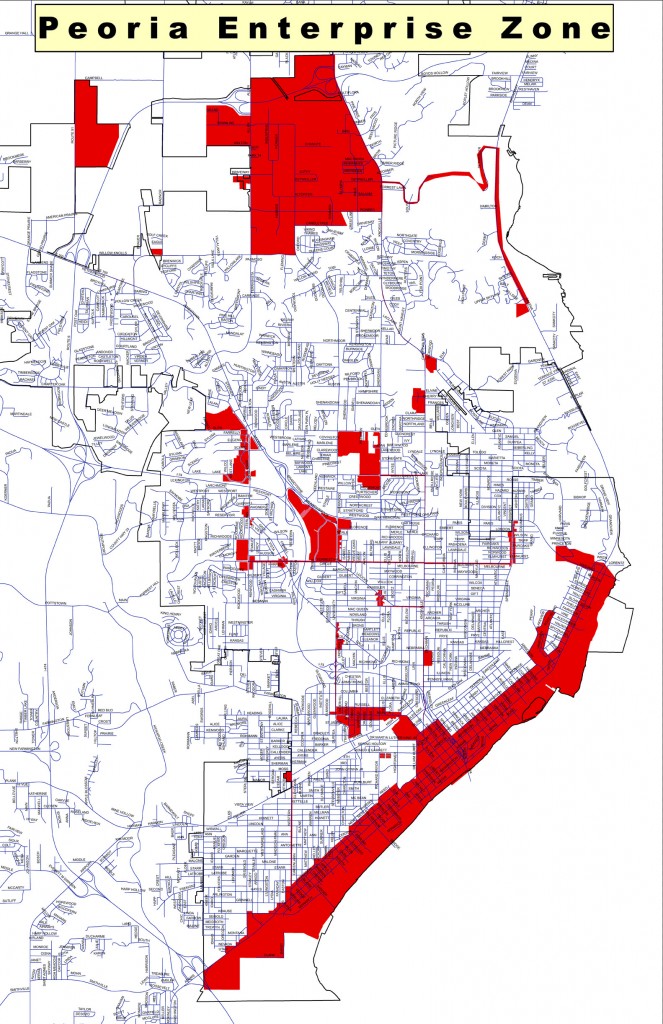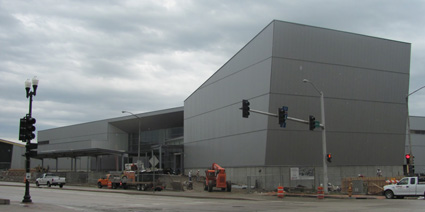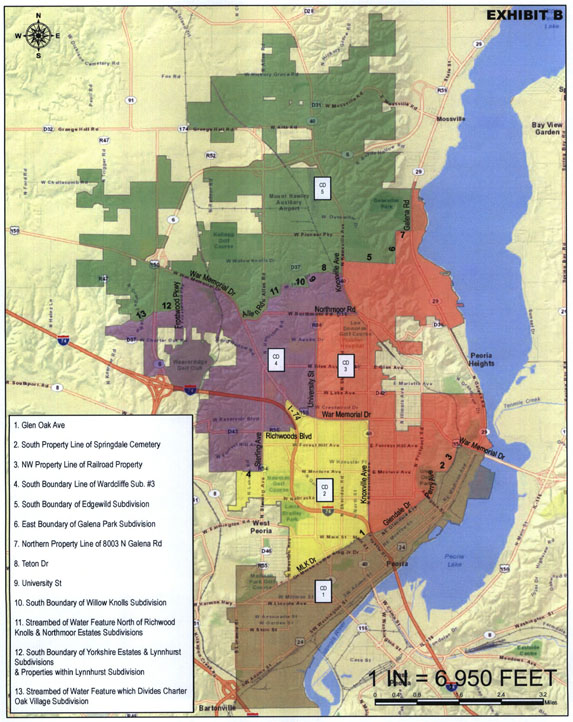I thought my readers would be interested in this press release I just received from the City of Peoria:
(Peoria, IL)—The public is invited to attend the City of Peoria’s Infrastructure Design Standards meeting to discuss the content and implementation of an improved set of public infrastructure standards. The City’s design standards have remained relatively unchanged since 1972. The goal of the proposed standards is to improve infrastructure (streets, sidewalks, handling of storm water, etc.) while positioning Peoria as a desirable place and a competitive city for development.
Public comment and participation in the development of the new standards is desired and welcomed. There will be several opportunities for public involvement. Below are details for the first meeting:
Meeting Topic: Infrastructure Design Standards
Location: Dewberry – 401 Water Street, 7th floor
Date/Time: Wednesday, September 12 from 5:00 – 6:30
Parking: City of Peoria parking lot south of 401 Water Street
Hosts: Dewberry and Peoria Public WorksMark your calendar for these future meeting dates:
- Wednesday, September 19 from 5:00 – 6:30
- Wednesday, September 26 from 5:00 – 6:30
To view the Infrastructure Design Standards power point presentation and make comments, go to www.ci.peoria.il.us/infrastructure. The complete document will be available online at the end of the week. To become part of the focus group, call Ray Lees, Dewberry Architectural Group at (309) 282-8000.



